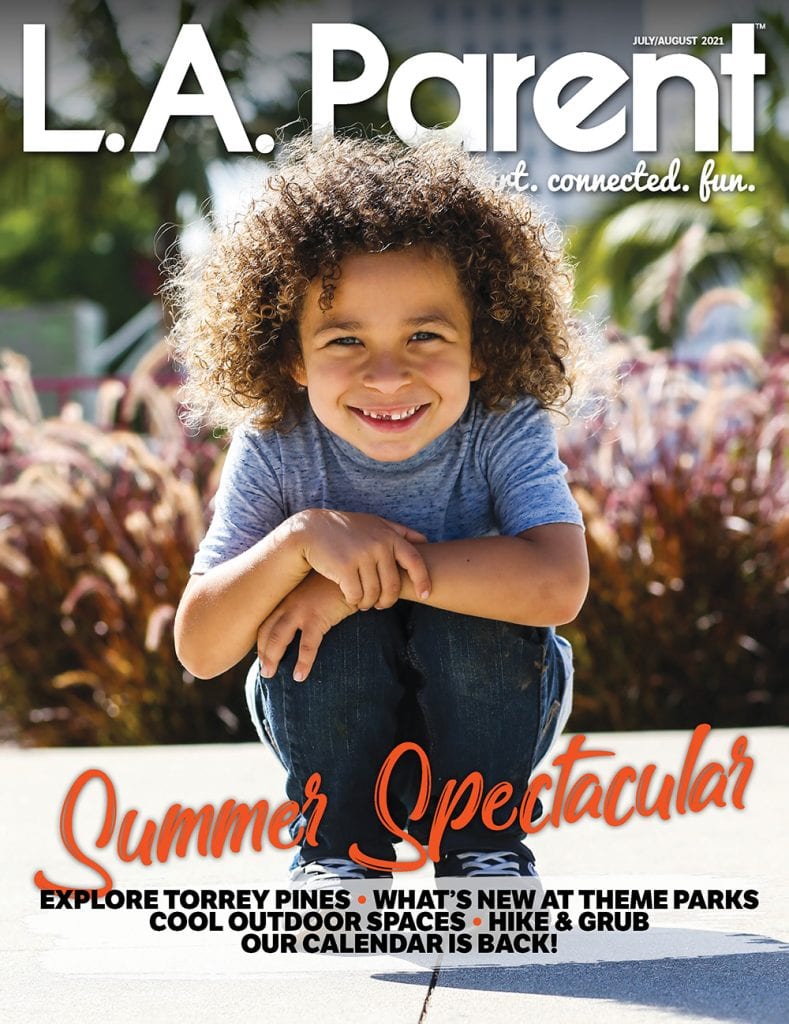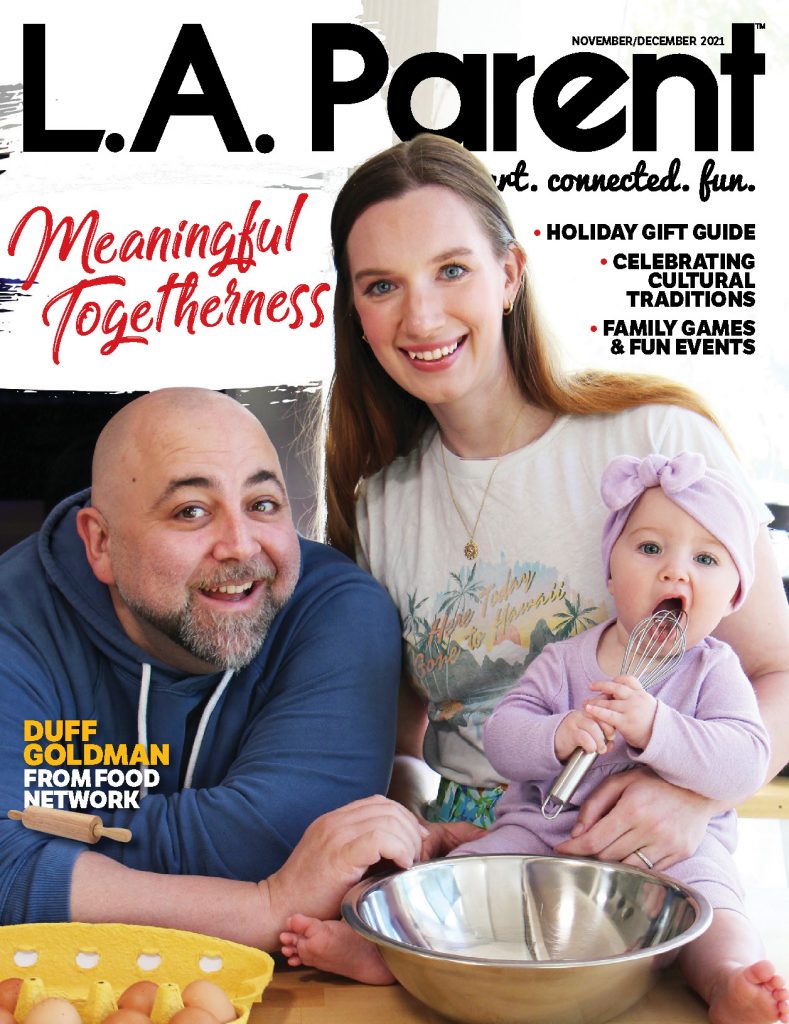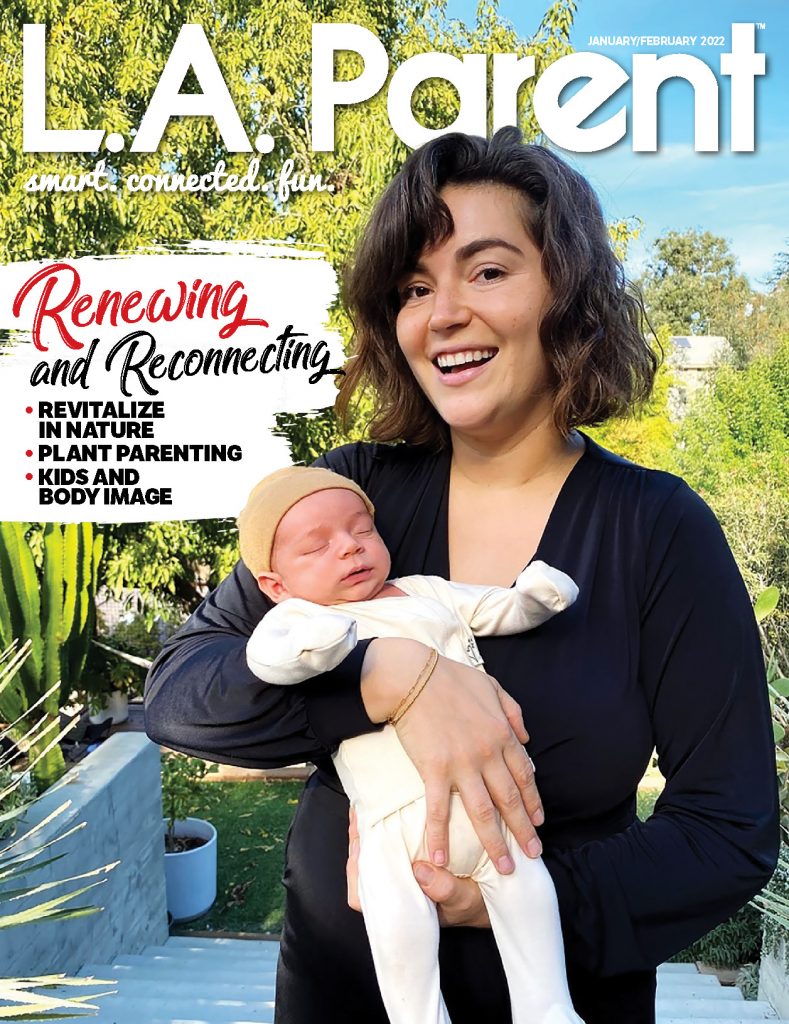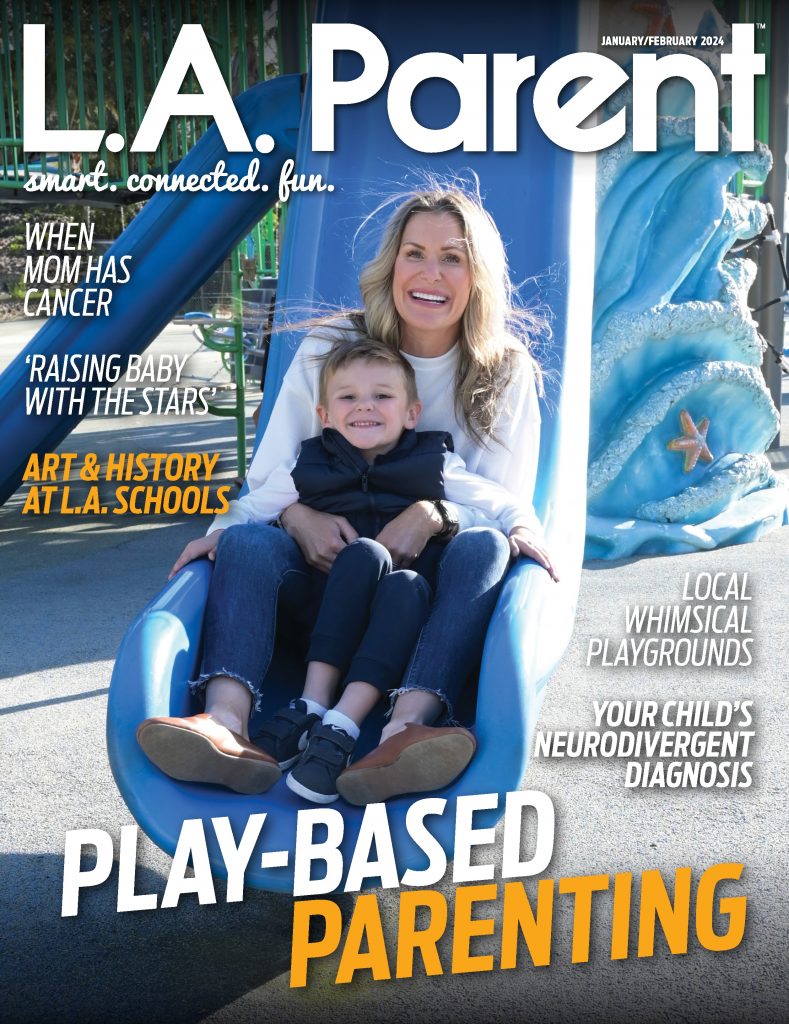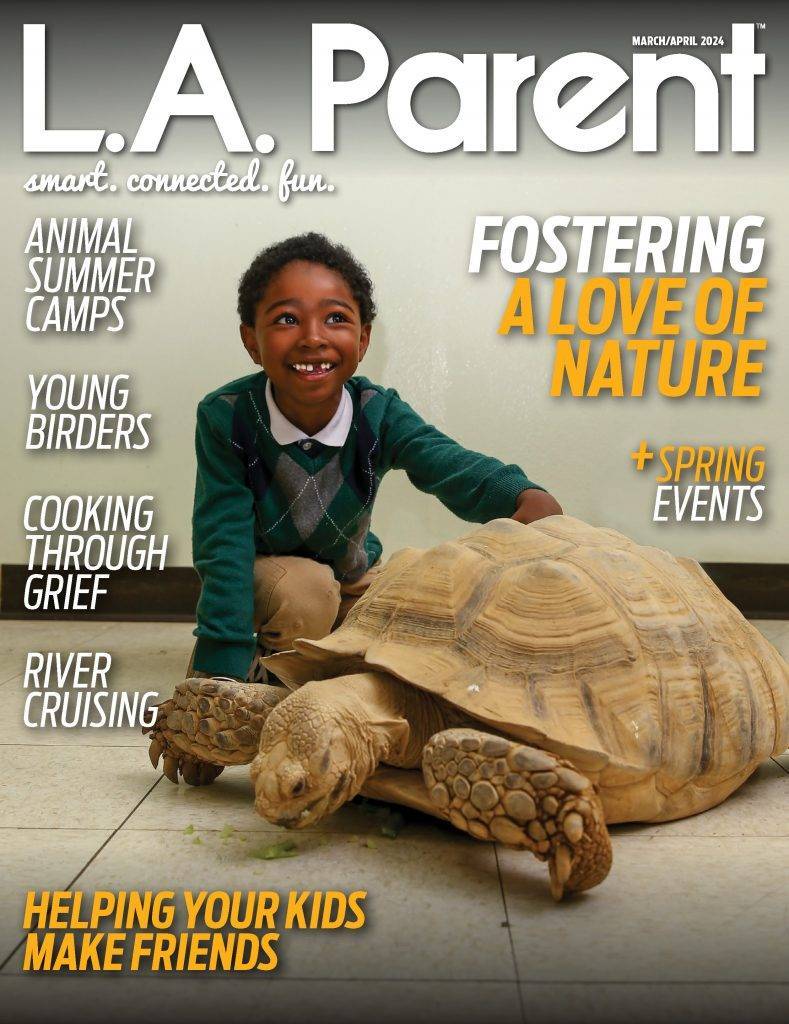
As both a rabbi and marriage and family therapist, I have been coaching families through the bar and bat mitzvah process for decades. With each family I ask, “What does this ritual mean to you?” The answers are standard. Parents speak about their children becoming part of the chain of Jewish tradition. Children speak about becoming more responsible. Both are wonderful answers. But now, as a mother witnessing her own daughter becoming a bat mitzvah and entering the sometimes challenging teenage period, I am realizing that this age-old Jewish practice is all about beginning the essential process of individuation. Individuation for the teen; but moreover, individuation for the parent. And it’s not all bad.
What is individuation?
Individuation is a therapeutic, clinical term that refers to the development of one’s own distinct identity and personality. While individuation begins in childhood, adolescence is when we see the most outward signs. Teens closing doors, seeking more privacy and turning to their friends and themselves, more than their parents, for advice. The desire to develop a unique style, oftentimes deliberately very different from their parents. Offering seemingly defiant opinions and behaviors. These are all healthy forms of adolescent individuation. Let’s be clear, as any parent who has ever had a teenager will tell you, it’s not always easy. But teenagers must separate from their parents to become the independent adults we ultimately want them to be.
However, the process of individuation does not cease with adolescence. While there are hundreds of articles about “surviving” teenage individuation, very few remark on the continued and necessary individuation occurring through adulthood. There seems to be an even greater struggle in separating as we age. Adults are enmeshed in a variety of deep, connective relationships. Clients will speak about difficulties in “finding themselves” once their children leave home for college. Others process how lost they are when experiencing divorce; who are they if not labeled a person’s partner or spouse? And through the death of a loved one, congregants speak about missing a limb, as if their very physical being is altered. All these emotions are valid. We often discover our purpose in relation to other human beings. But as I watch my own thirteen-year-old daughter spread her wings, my husband and I are forced to do the same. Who knew the bat mitzvah year was also designed to help the parents grow up, too?

Perhaps this is one of the reasons why so many religions have coming-of-age ceremonies. To name just a few: from b’nai mitzvah in Judaism, the quinceañera for Hispanic cultures, confirmation in the Catholic tradition, to the American custom of the sweet sixteen party. Look at most cultures, religions or ethnicities and you will find a ceremony recognizing adolescence as a pivotal moment: the transition from childhood to adulthood. But the coming-of-age ceremonies are just as fundamental for parents. Less recognized but equally as important: the transition for parents from decision maker to observer. From authority figure to valued guide. From child raiser to trusted advisor. There is a ritualized shift in a parent’s identity. The parent must understand how to make room for themselves when their own child starts to pull away. What defines the identity of the parent if not completely tied to their child’s needs?
Mothers of teenagers most likely agree that it isn’t hard for twelve- and thirteen-year-olds to take up space. Physically, they are everywhere. Clothes strewn on couches, sports equipment in the kitchen, hair and makeup supplies all over the bathroom. And emotionally, teenagers run the spectrum. One minute, they are slamming doors and another, weeping over an exam or lamenting a frustrating friendship. But through the teenage years, our children need one thing from us: a safe spiritual and mental space to explore who they are just beginning to be. We must also provide the same space for ourselves.
Jewish tradition teaches, “The left hand should push away while the right hand draws him near.” Meaning, raising a child is a constant push and pull. But up until going through this process as a parent, I never realized I had the teaching all wrong. It is not necessarily the pushing away of our child but rather, a gentle pushing away of ourselves. Modeling for our teenagers they have room to explore their own voice, actions, presence and purpose. Throughout it all, we are still close by, reminding them to be themselves. In doing so, we give ourselves permission to step back and similarly, ask ourselves, “Now that my child is growing up, how have I changed, who am I today and with this extra emotional room, who do I want to be?”

How parents grow up, too
As I watch my beautiful daughter explore her new identity, I realize that I, too, should explore mine. I am now officially the parent of a teenager. The realization is both crushing and liberating. A celebration of the child-rearing my husband and I have done, and trusting we poured enough patience, respect, wisdom and love into our child. A tearful goodbye to the baby that no longer is. And a commitment to navigating the ever-changing people my husband and I are becoming.
As parents, this kind of growing up can be very hard. But just as making room for our teenagers to grow into young adults with unique personalities is critical to their development, making room for us as adults to learn who we are without our children glued by our side is also a critical step in human development.
What does it look like for a parent of a teenager to individuate? Examples might include exploring professional goals that had otherwise been put on hold. Perhaps it is looking at the communities of which one is a part of and determining how to get more involved or less. Another step is naming one’s priorities and seeing if you make the list. Assess what you most love about yourself and carve out time to enhance those qualities. Assess what you like least and determine how to improve. This doesn’t just happen. It requires reflection, intention and action. One should set aside time to do this serious work. It is a process. For some it will be helpful to treat it like you would a professional task. Write a plan with three to five goals and identify concrete tactics to achieving each. The process to become an individuated adult means recognizing one’s own needs and desires outside of your role as parent. And the individuated adult understands our needs and desires transform over time.
My daughter will stand before our community and publicly declare her readiness to be counted upon as a full Jewish adult. And I will remind myself that “adulting” does not mean my children don’t need me anymore. Of course, they do. But their needs have changed. And I am changing, too. Adult individuation begins by asking myself, “As I step back from one phase of life, what is it that I want to be stepping towards?” I will model for my children what I ultimately hope for them: soulful and routine introspection at every milestone in life — and even, and maybe more so, during the normal hum drum — to steadily allow for a strengthening of voice, refinement of values, honing of purpose and continued growth.
Rabbi Nicole Guzik, a trained marriage and family therapist, is co-senior rabbi at Sinai Temple, one of the largest synagogues in Los Angeles.




